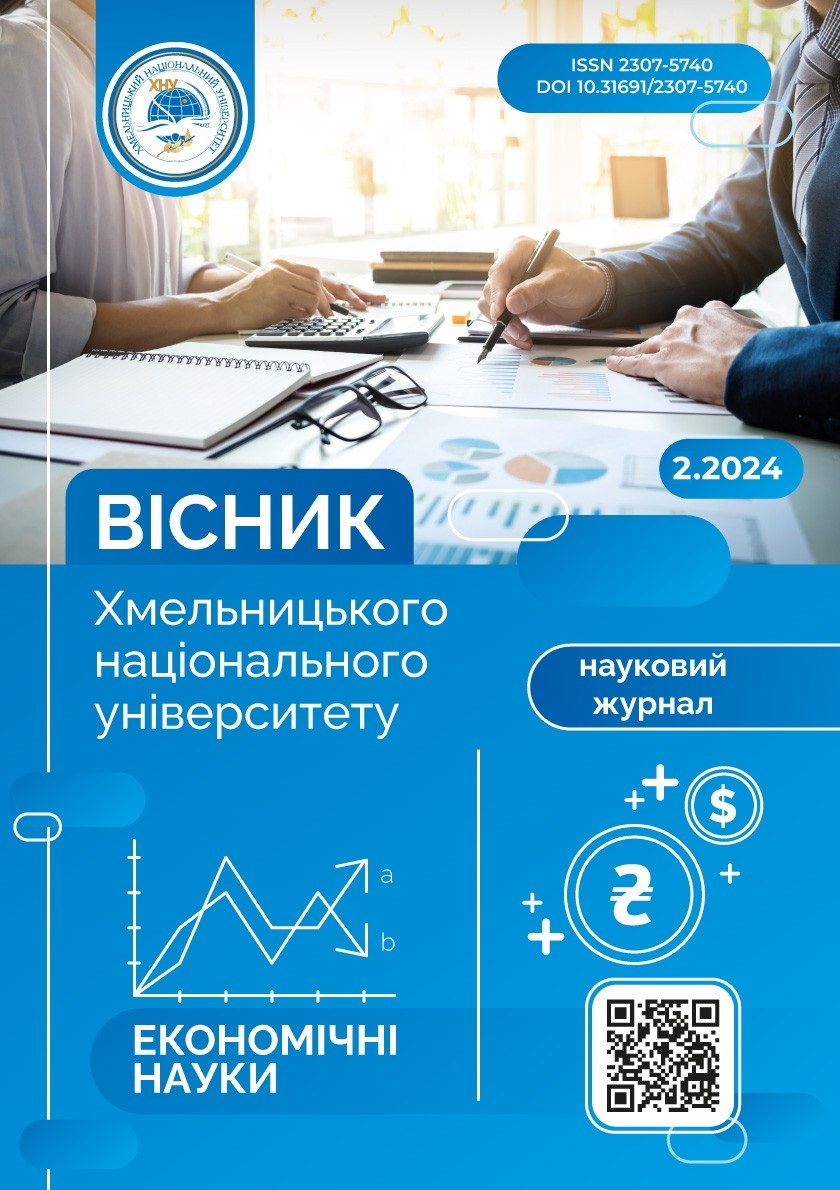ANALYSIS OF THE PROBLEM ASPECTS OF THE BUDGETARY VALUE ADDED TAX REFUND IN THE ELECTRONIC ADMINISTRATION SYSTEM
DOI:
https://doi.org/10.31891/2307-5740-2024-328-7Keywords:
value added tax, electronic VAT administration, Unified register of tax invoices, budget VAT refund, automatic budget VAT refundAbstract
The procedure for electronic VAT administration and the method of registration of tax invoices / adjustment calculations in the Unified register of tax invoices were considered; problematic aspects of budgetary VAT reimbursement at the enterprise were analyzed, in particular, a study of the essence and implementation mechanism of budgetary VAT reimbursement was conducted, the conditions of its application at the enterprise were determined. The criteria, the achievement of which is the basis for automatic budgetary reimbursement of VAT to a business entity, have been summarized, and the deadlines for budgetary VAT reimbursement have been systematized. The most common schemes of illegal VAT reimbursement on the territory of Ukraine, as well as during export-import transactions, were analyzed; a list of signs that may indicate the use of an illegal tax refund mechanism has been established.
It was determined that the mechanism of budgetary VAT reimbursement currently in effect is legally formed. At the same time, despite the high level of regulatory support, the current system of control in the field of VAT administration needs to be reviewed in order to prevent its illegal reimbursement. In the case of making a decision on cooperation with a new counterparty, we recommend that the enterprise first of all conduct a retrospective analysis of its activity, as well as evaluate the signs of its solvency and business activity.


